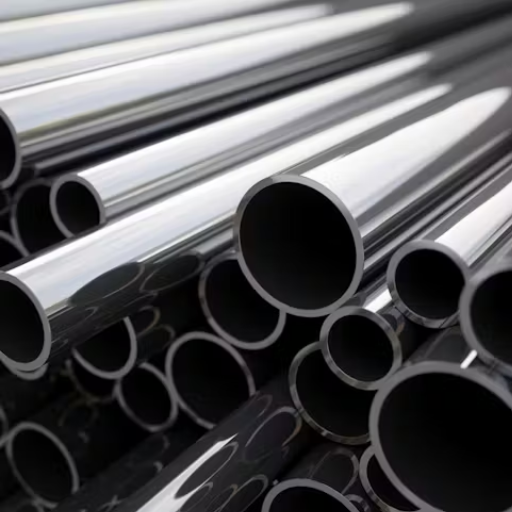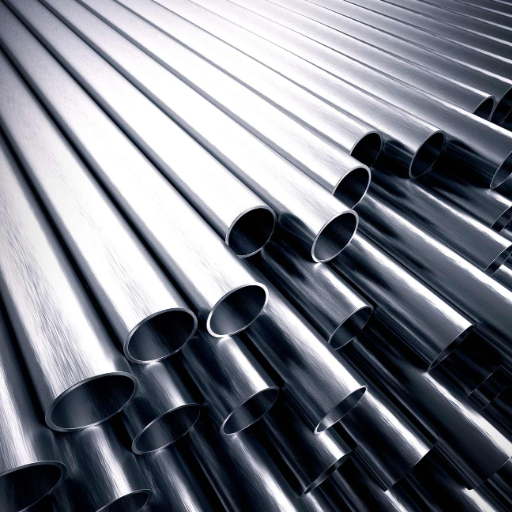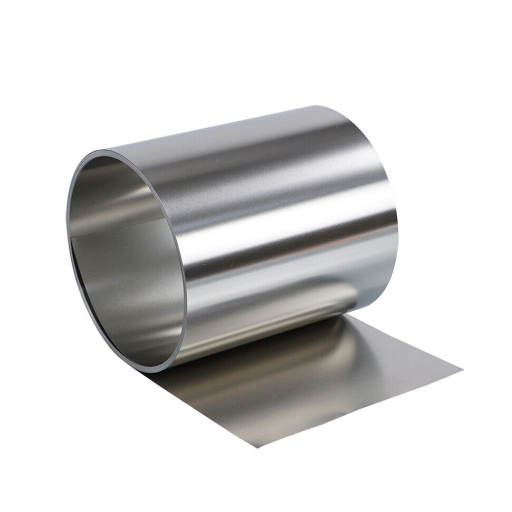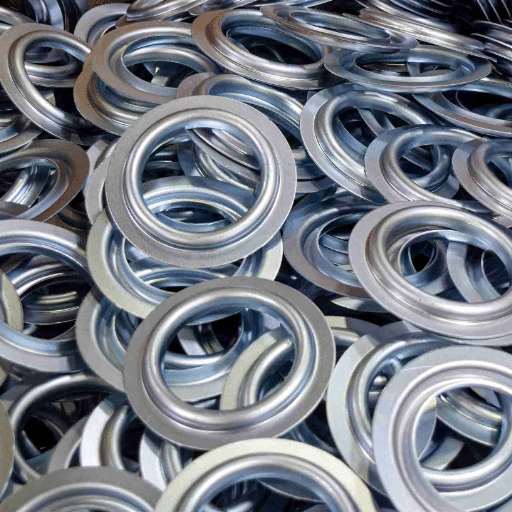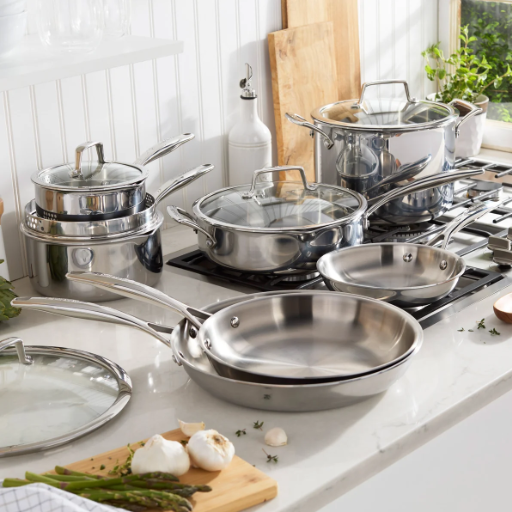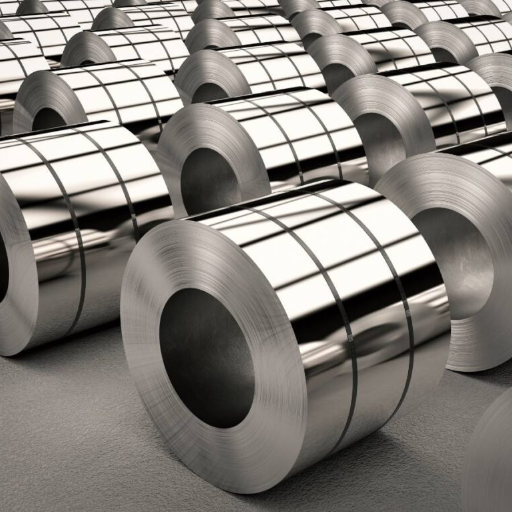Considered to be one of the most used metals, copper goes through something known as patination and it changes over time. This distinct process can be easily identified by the bluish-green layer seen on roofs and architectural features. The external conditions along with the properties of copper itself govern this process. It is evident that almost all the industries, be it related to construction or art conservation, need to figure out the how and why of copper patination. This article includes factors which causes copper patina to form, the probable time required for the formation of it under different conditions and the scientific reasoning behind it. A thorough understanding of the stages of patination will enable readers to appreciate copper’s evolution over time and the environmental factors responsible for speeding up or slowing down the process. This guide is meant for both the professionals that work with copper and the people who are intrigued by it and aims to understand the complex process behind copper patina formation.
What Factors Affect the Patina on Copper?

Factors such as environmental conditions, exposure time, and surface treatments might influence the development of patina on copper. Air pollution, temperature, and humidity to name a few are critical to the nature of patina formation and its speed. Moreover, patina development’s chemical reactions are accelerated by high humidity and sulfur pollutants. Exposure thickness and composition of the patina layer are also impacted, with longer exposure leading to greater transformation. Any surface coatings or treatments can also inhibit or mask patina formation by altering the interactions between the copper and its environment. While not as common, these factors are important when predicting or controlling patina formation in applications that are copper based.
Does exposure to moisture influence copper’s patina development?
As moisture is present, it has a considerable effect on the development of patina on copper. Copper bonds with oxygen as well as other components of air, such as carbon dioxide and sulfur dioxide. These bonds result in the formation of copper compounds with certain striking hints of green and blue, better known as green or blue patina. It is also known that constant water flow or relative humidity increases the uniformity and speed of the patina process. On the other side of the spectrum, dry conditions can fill a space with unnoticeable breakouts of uneven patina layers.
How do environmental conditions contribute to copper turning green?
Copper patina formation at any time is influenced mainly by the moisture, oxygen, and pollutants which in this case act as a catalyst. The amount of exhaust in urban places, industrial areas, and fuel-burning regions aid in the process as they are rich in sulfur compounds and particulate matter. However, their copper counterparts slow down the process in dry regions making the oxidization rate uneven which delays copper patina formation altogether.
What role does oxidation play in creating a patina copper finish?
The process of copper patination is driven fundamentally through the process of oxidation. The chemical breakdown of water and air over time creates oxygen, moisture and a number of particulates initiate the formation of copper oxides, carbonates and sulfates. These phenomena develop a layer that gives copper an appealing bluish or greenish effect over time. The negative is that without any additional materials it’s very easy for the layer to corrode further down the line, and the environmental factors need to be coped with along the way. Things like temperature, humidity and composition of air does affect the layers of patina on copper surfaces.
What is the Timeline for Copper to Turn Green?

The time copper is exposed before an external covering of green patina is form is about five twenty years which differs according to certain factors. Natural outdoor exposure usually allows an individual to access the copper items after the average period of twenty years. In cases with high humidity levels along with frequent rainfall patina formation is accelerated while presence of airborne pollutants also leads to a quicker layer build-up. On the other end of the spectrum dry climates or sheltered places significantly tend to slow down patina formation. In addition, regions with high levels of sulfur tend to speed up patina formation as oppose to less rural or industrialized areas.
How long does it take for copper to develop a natural patina?
The expected time frame in which copper develops a natural patina usually falls between 5 to 20 years, although it is heavily reliant on environmental factors. In urban settings with high humidity, frequent exposure to water, and pollutants, such as sulfur dioxide, these timelines can reduce as much as to a few years. On the other hand, areas with arid climates, low moisture, and pollution will take significantly more than two decades. The main governing factors of patination are the chemical reactions between copper and elements in surrounding areas, more specifically, oxygen, water and sulfur compounds.
What is the typical timeline for the formation of a patina on copper?
The expected time frame in which copper develops a natural patina typically falls between 5 to 20 years. Patina formation on copper can greatly differ depending on the surrounding environment. The process of copper reacting with oxygen, water and carbon dioxide, forming copper oxide, followed by copper carbonate, is generally takes 5 to 20 years under normal atmosphere conditions. In industrial settings stricken with pollutants such as sulfur dioxide, patination is sped up to 2 to 5 years because of higher rates of chemical reactions. In contrast, areas with little moisture and pollutants fall into the category of arid regions with a multi-decade time frame for patina formation.
What Are the Different Types of Copper Patina?

Given the behavior of patinas, one can make broad classification according to the emerging corrodents as or the reactive mediums:
1. Natural Patina: This type of patina is obtained by leaving the copper item exposed to air for a long time. The copper reacts with water vapor in the atmosphere, leading to formation of greenish layer of copper carbonate. This requires no manmade condensation and typically occurs in outdoor conditions under the sun with little pollution.
2. Artificial Patina: This one is made by treating the copper surface with desired chemicals to form distinctive Artificial patina fosters application for specific colors, texture, or shapes quicker than nature intended. Used commonly in artistic and architectural, this method allows for crafted aging without waiting the prolonged period required for natural changes.
Both types are appreciated for their protective and aesthetic features; however, the selection relies on the desired look and use of the object.
What is the difference between green patina and blue patina?
The chemical composition and color changes are the main differences between green and blue patinas. When copper is aged or corroded, it exposes the underlying copper printing which is out of doors and leads to the formation of green patina, which is as a result of the moisture, carbon dioxide, and pollutants in the environment. Another patina known as blue patina is less commonly found in naturally aged copper, however it is often used to induce artificial aging for aesthetic purposes. Blue patina occurs from the formation of copper sulfate compounds which occurs because of high exposure to sulfur from certain chemicals. Unlike blue patina, green patina is often found in outdoor copper structures due to higher amounts of copper carbonates or chloride compounds. Aesthetic diversity is offered with the presence of both types and they are influenced by environmental factors.
How does the essential patina on copper vary by exposure?
The factors most responsible for the development of a copper patina include moisture, oxygen, and pollutants. The average condition of the atmosphere and the presence of sulfur compounds commonly associated with urban or coastal areas height the sulfidic and carbonate green and blue copper sulfate formation acceleration. On the other hand, arid climates with less moisture and pollutants tend to slow the transformations, producing dull reddish or brown patina predominated by copper oxide. Moreover, different compositions of the patina are achieved through direct chemical exposure like acid rain or artificial treatments which can complete the albino look. Each particular exposure scenario makes for different distinctive characteristics visually and structurally with the patina layers.
Can sulfide fume affect the hue of patina copper?
To answer the question, yes, the presence of sulfide fumes and their interaction with the pre-existing patina can yield more diversely aesthetic results on the copper surface. Typically, exposure to sulfide fumes leads to the creation of sulfide compounds which result in the coloration copper. The concentration and duration of the exposure govern not only the resultant surface but also the patina coloration, for the fume darker tones offer in the form of brown, black, or dumpy shades strongly influences it. Not only does the interaction of sulfides with the pre-existing patina change the surface but texture, change the patina’s aesthetics.
How Can I Accelerate the Patina Process on My Copper Roof?

Both natural and chemical means can be employed to enhance the patina effect on your roof copper. Typically, a salt and vinegar water combination is applied to the copper surface. This solution simulates the weathering processes by providing moisture and acidity. To achieve desired results, ensure the roof is cleaned first. Another effective approach is applying ammonia fumes, albeit with caution and avoiding exposure to the chemical’s hazardous effects. Prime conditions like high temperatures and humidity will yield better and faster oxidation results. It is important to remember safety measures when using potentially dangerous substances and seek advice from experts when dealing with large-scale projects.
What methods can I use to speed up copper’s oxidation?
There are lot of methods to speed up the process of copper oxidation and we will go over each of them individually:
1. Salt and Vinegar Mixture: To promote copper oxidation, a vinegar and salt mixture can be used. The salt increases the reaction speed while the acetic acid in vinegar reacts with copper. A cloth can be used to apply the mixture or a spray bottle can be used followed by allowing the mixture to dry. This can make faster formation of patina.
2. Ammonia Vapor: The oxidative effect on copper can be increased with ammonia vapor. All that is needed is to place the copper on a paten plate while containing ammonia in a different container ensuring there is no reaction with the base. With time, oxidizes formed on the copper will turn to blue-green patina and keep in mind that ammonia is a dangerous substance.
3. Oxidizing Solutions: In any hardware shop, one can get a commercial patina solution which together with acids and oxidizers is directly applied to the surface of copper. Make sure you apply the oxidizing chemicals to clean copper otherwise you will not get satisfactory results. Also be sure to wear protective gear when working with chemicals.
4. Environmental Factors: Add moisture into a controlled atmosphere such as greenhouses or humidifiers to increase the relative humidity. The increased exposure to moisture accelerates oxidative processes leading to faster oxidation.
When altering chemical concentrations or temperature conditions always be sure to follow the safety requirements provided and seek professional consultation for complicated tasks.
Does ammonia exposure help in developing a blue patina?
Ammonia, indeed, helps in the formation of a blue patina on copper surfaces during ammonia exposure. Copper reacts with ammonia, especially with oxygen and moisture, forming copper hydroxide and copper carbonate, which give it the bluish tint. To obtain this result, put the copper item in a closed jar with a dish containing ammonia solution. The reaction speed increases because of the damp atmosphere in the jar. But, as with any method involving chemicals, caution while working with ammonia is important due to its dangerous nature. Protective gear must be worn, and safety protocols have to be followed.
Are there specific treatments to enhance the patina on copper?
Indeed, there is a host of treatments aimed at improving the patina of copper surfaces. One effective method is applying certain patina solutions such as vinegar, which is less concentrated, or special patina chemicals. These solutions can speed up the oxidization process and, depending on the technique, produce a range of colors. Exposing a salt and vinegar mixture to air also contributes to patina formation. Furthermore, the application of heat to copper prior to these treatments will improve the formation of stains, or patina, in both intensity and adhesion. A wide range of products is available for purchase that allows users to achieve a desired effect with less effort. Remember to always clean the surface of the copper to get rid of impurities because that will allow for even development of patina.
What Maintenance is Required for Copper Surfaces?

To keep the looks and function of copper surfaces, regular cleaning is required. For cars, clean the polished copper with a soft cloth and a very mild cleaner muscle or a mixture of baking soda and lemon juice and restore the shine. If the surface has a patina, do not use abrasively harsh cleaners that may alter the designed finish. Instead, gently clean surfaces with warm water and drain ring grabber or soft cloth. A wax or other clear sealant can be used on these surfaces to help copper resist further oxidation and other environmental exposure, which lowers maintenance needs. Further cleaning of the copper surface below may be necessary to renew protective coatings based on the conditions surrounding the surface of the coating, its use and exposure conditions.
How can I protect my copper roof while allowing patina to develop?
To preserve your copper roof from rust damage, be sure it allows an even, controlled natural patina to form by restricting the use of environmental contaminants through a temporary coating during the installation phase. It is critical to clear stagnant water, leaves, and debris from the surface because they initiate aggressive localized corrosion. Take care while cleaning the roof so gentle methods leave the surface untouched and integrity of the copper is preserved. Proper and adequate ventilation underneath the roof, alongside installing drainage systems contributes to efficient moisture management supporting patina formation.
What should I avoid to maintain the durability and lifespan of copper?
In caring for copper, exposure to harsh chemicals has to be restricted as strong acidic or alkaline washing agents can disrupt patina formation while damaging the surface. Avoid abrasive scribing materials wicked to copper like steel wool that invite further localized corrosion through erosion. Do not allow prolonged contact with metals like aluminum or iron since they invite galvanic corrosion. Leaving stagnant water or debris like leaves prolongs exposure, inviting corrosion and discoloration. Finally, avoid covering copper surfaces with seals that are impermeable to gas diffusion as the moisture they trap hinders natural aging.
Is there a long-term care routine for patina copper surfaces?
Yes, caring for patina copper surfaces requires a regular, active maintenance program to protect their appearance and integrity. Periodically, the patina can be cleaned with a soft cloth and non-invasive pH-neutral soap to eliminate dirt and environmental residues while resting. Corrosion and damage must be addressed to avert further deterioration. Abrasive scrubbing or the application of chemicals that are stronger than required will eliminate patina result caused by insufficient cleaning. Further cleaning will damage the patina beyond restoration. Ventilation to the surface to prevent moisture build-up is key, since water exposed over a lengthy period can compromise the material. Sealants, where applicable, should be avoided unless they are custom-made for patina copper and permit the material to breathe.
References
Frequently Asked Questions (FAQ)
Q: How does moisture affect the time it takes for copper to patina?
A: The time that moisture and sulfur are present in the environment can significantly accelerate the patina process, leading to quicker color changes on exposed copper surfaces.
Q: Can I control the patina process on my new copper roof?
A: Yes, you can influence the patina process by using patina recipes or by placing your copper roofing tiles in specific environmental conditions that promote or slow down patina formation.
Q: Are there specific areas where copper cladding will patina faster?
A: Yes, exposed horizontal copper surfaces generally develop patina faster due to increased exposure to elements like rain and air, which contribute to oxidation.
Q: What is the lifespan of copper roofing tiles?
A: The lifespan of copper roofing tiles can exceed 90 years if properly maintained, and they will develop a patina that helps protect the underlying metal from corrosion.
Q: Is it possible for the basic patina to never fully develop on some copper surfaces?
A: Yes, in certain conditions, a basic patina may never form on exposed copper surfaces, especially if they are kept clean and free from pollutants.
Q: How can I maintain the appearance of my copper roofing tiles?
A: To maintain the appearance of copper roofing tiles, regular cleaning to remove debris and prevent exposure to harsh chemicals can help manage the patina process effectively.
Q: If I want to prevent the patina on my copper cladding, what should I do?
A: To prevent patina formation, you could apply a protective coating to your copper cladding; however, this may also alter its natural beauty.
Q: How can I contact you for more information on copper patina processes?
A: For more information on the copper patina process, please contact us, and we would be happy to assist you with your questions.

